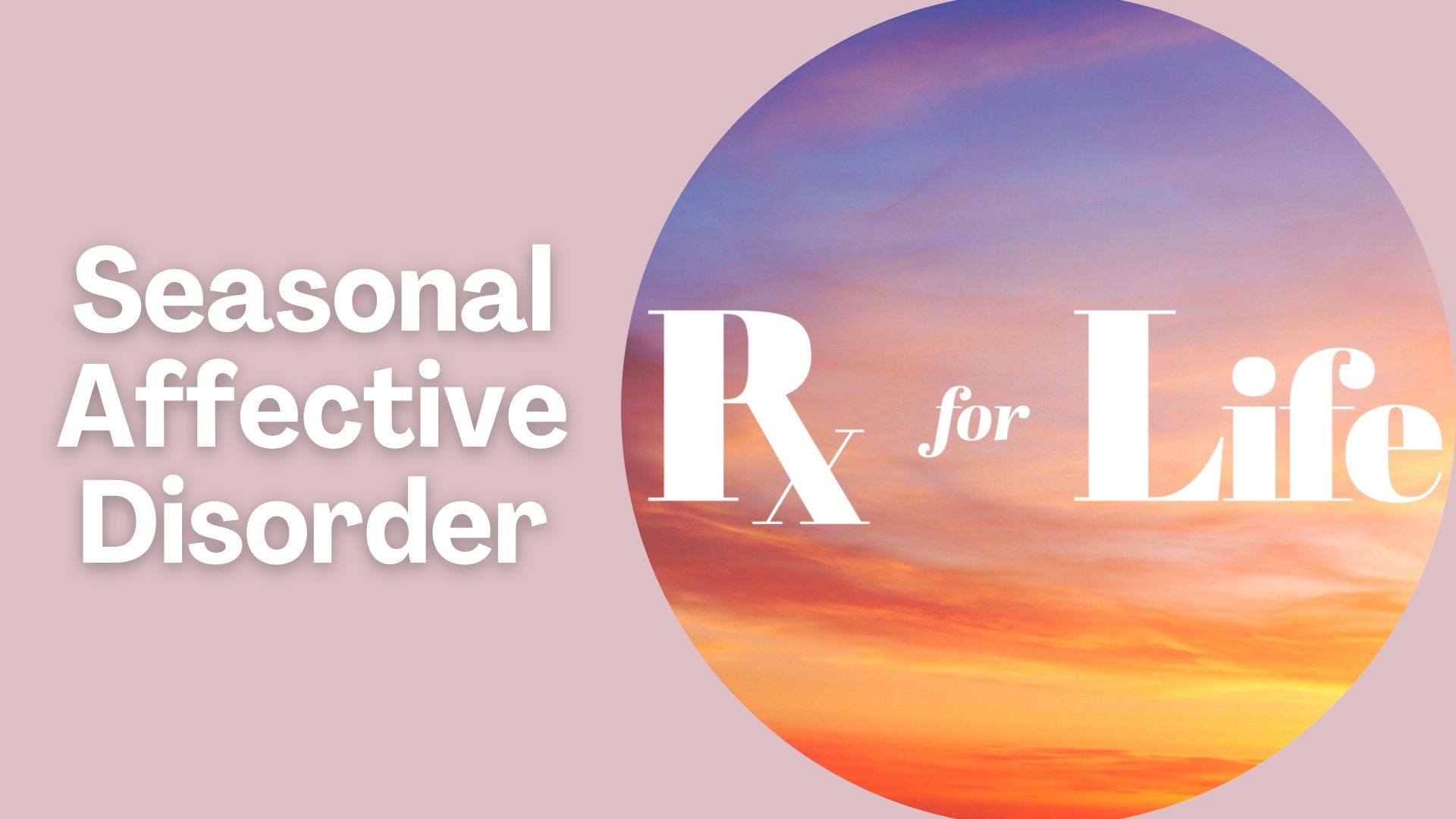CLEVELAND — Seasonal Affective Disorder or SAD, is a real thing. It's a documented medical condition that impacts some people, usually in the late fall and winter months.
Symptoms of SAD include depression, lack of energy, sleep disruption, carb cravings and feelings of hopelessness. The stress of the holidays can make it worse for some as well.
In Northeast Ohio, it's well known our winters are pretty cloudy and it's almost like a holiday when the sun decides to peek through. The exact cause of SAD is still being investigated, but the theory is the limited light in the fall and winter months may trigger a chemical reaction in people who may be susceptable.
Lack of sunlight may impact serotonin, melatonin and we know Northeast Ohioans are notoriously low in Vitamin D, which can complicate other health issues. If you're not sure of your levels, have them checked by your doctor.
Dr. Dawn Potter is a clinical psychologist at Cleveland Clinic and says younger people, 18-30 and women are most at risk for developing SAD.
While SAD can happen even in the summer months, it seems about 10% of Americans deal with it mainly in the winter.
According to the National Institute of Mental Health, SAD can include symptoms of depression but in the winter months there may be some additional symptoms such as:
- Oversleeping (hypersomnia)
- Overeating, particularly with a craving for carbohydrates, leading to weight gain
- Social withdrawal (feeling like “hibernating”)
You can fight it by getting out in the natural light as much as possible. Even on those cloudy days, light exposure can help boost your mood. It's important to exercise so endorphin levels can go up too. After the holidays make sure you stay connected to family and friends and stay social. Watch your diet, eat more vegetables and fight the carb cravings.
Watch the below edition of Prescription for Life to learn more about Seasonal Affective Disorder:


